update: How can I achieve it with JS?
I'm trying to trigger a hover in two elements (on an image and on a h1 tag) the same time. When a user hover the image the h1 will trigger its hover and vice versa. The image is on grayscale mode and when is on hover it gets its colors and the h1 tag is changing color. Here is an image of what i'm trying to do and the code (both html/php-cause of wordpress- and css). Thank you :)

HTML
<a href="<?php the_permalink(); ?>">
<?php the_post_thumbnail('feat-thumb', array('class'=>'pull-left thumbnail margin10 img-thumbnail')); ?>
</a>
<p class="meta-info"><?php echo get_the_date( 'd.m.Y' ); ?></p>
<h1><a href="<?php the_permalink(); ?>"><?php the_title(); ?></a></h1>
<article>
<p><?php echo excerpt(60); ?> </p>
</article>
CSS
.blog-post a {
text-decoration: none;
color: #000;
-webkit-transition: color 500ms ease;
-moz-transition: color 500ms ease;
-ms-transition: color 500ms ease;
-o-transition: color 500ms ease;
transition: color 500ms ease;
}
.blog-post a:hover {
text-decoration: none;
color: #ffaf96;
}
.blog-post a img{
filter: grayscale(100%);
-webkit-filter: grayscale(100%);
filter: url("data:image/svg+xml;utf8,<svg xmlns=\'http://www.w3.org/2000/svg\'><filter id=\'grayscale\' filterRes=\'800\'><feColorMatrix type=\'matrix\' values=\'0.3333 0.3333 0.3333 0 0 0.3333 0.3333 0.3333 0 0 0.3333 0.3333 0.3333 0 0 0 0 0 1 0\'/></filter></svg>#grayscale"); /* Firefox 10+ */
}
.blog-post a img:hover{
filter: grayscale(0%);
-webkit-filter: grayscale(0%);
filter: url("data:image/svg+xml;utf8,<svg xmlns=\'http://www.w3.org/2000/svg\'><filter id=\'grayscale\' filterRes=\'800\'><feColorMatrix type=\'matrix\' values=\'1 0 0 0 0, 0 1 0 0 0, 0 0 1 0 0, 0 0 0 1 0\'/></filter></svg>#grayscale");
}